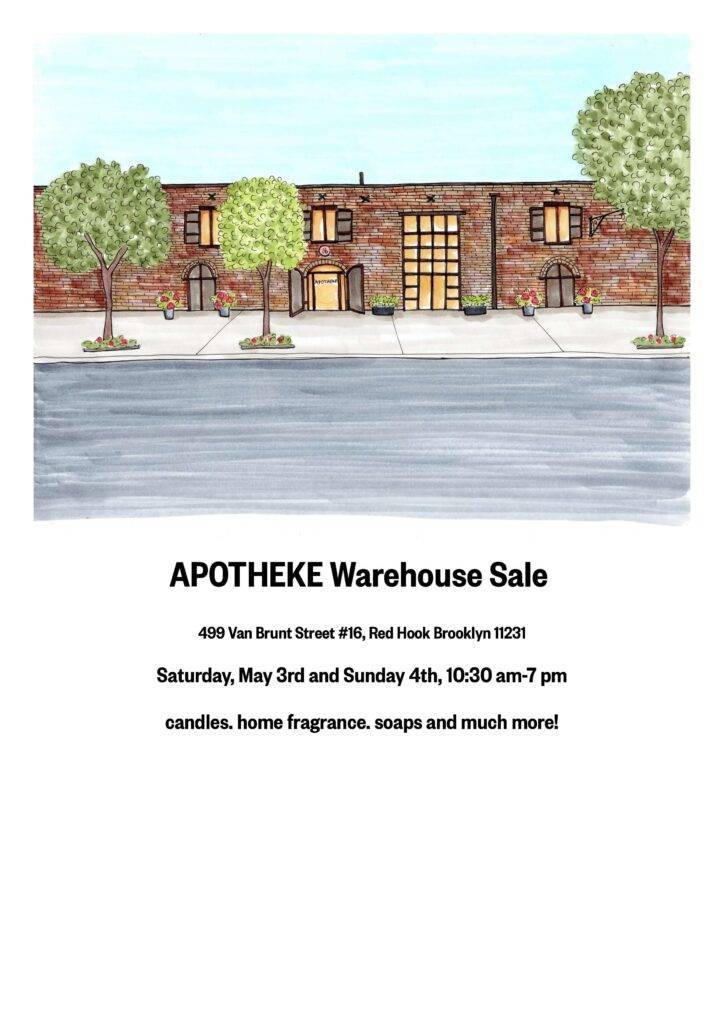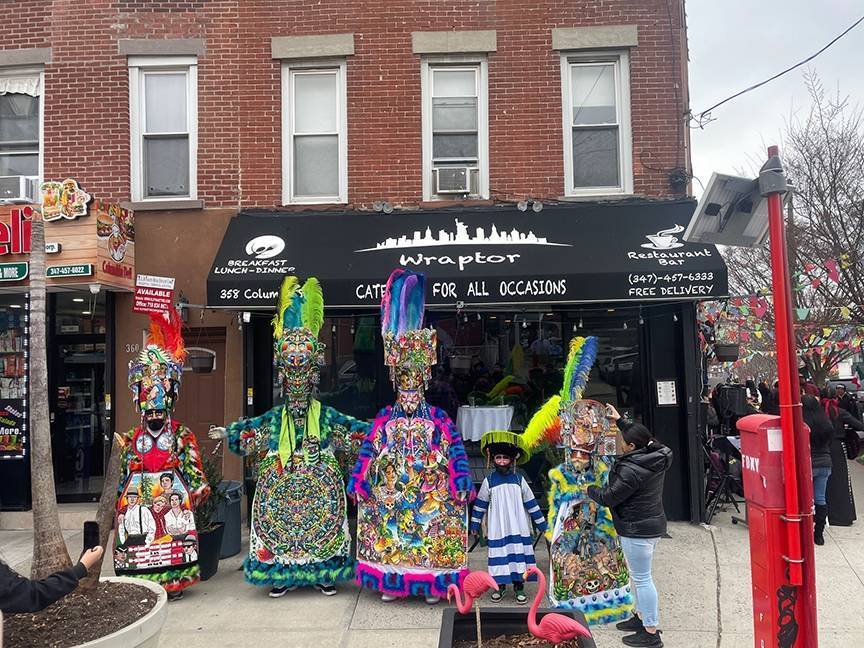The new beautiful people who love to equate social justice with unconstrained real estate development love to say that everybody could get a great place to live whereever they want if only developers were allowed to build anyplace they wanted to, as tall as they like.
If you don’t believe me, go to the website of the supposed non-profit, Open New York (opennewyork.city). They proudly state: “For too long, residents in the wealthiest neighborhoods have abused zoning laws to prevent new construction.”
If you look at their Wikipedia page, you will find out that the initial impetus for this group, which was brought to NY to promote the new fad of Yimbyism back in 2016, was the closing of Long Island College Hospital.
If you remember, Cobble Hill had a hospital for 150 years until the Cuomo administration, in a brief alliance with mayoral candidate Bill de Blasio, plotted its downfall. After a small battle, the LICH real estate was given to a favored real estate developer, Fortis, who immediately came before a stunned Cobble Hill Association meeting with a plan to build many large residential skyscrapers on and around the property in exchange for a few grandiose parks.
You can actually read what I wrote about that in 2015 by going online here https://www.star-revue.com/cobble-hill-to-change-forever-as-lich-becomes-skyscrapers-by-george-fiala/
Anyway, Cobble Hill decided not to give in to the Fortis blackmail and did not allow their neighborhood to be rezoned, so Fortis was forced to build according to the existing zoning regulations, wringing every last inch of buildable space by doing what every developer does, finding every possible loophole.
The Open New York Yimby movement has succeeded in turning real estate developer’s dreamy wishlists into what is now considered established scientific fact, that the more towers are built, the cheaper apartments will become.
Well, I hate to break the news, but I’ve been around now for almost 70 years, and for pretty much all that time building here has proceeded at breakneck pace, with the net result of ever increasing rents. The only exceptions have been during times of high crime and heavy disease. In my opinion, the whole stop and frisk movement of our police force was driven by the demand of the real estate industry to sterilize the city in order to create a better condo selling atmosphere.
You can start even before my long ago birth by looking at our own Red Hook Houses, one of the first NYCHA projects.
Before 1906 there were no building regulations in NYC. Combined with immigration, this led to the construction of tenement buildings that had no indoor bathrooms and were firetraps. Every year brought increasing deaths due to apartments burning up.
By the 1920’s, a big social movement was afoot to create safe apartments for the less well off. The problem was that poor people could only afford about $12 a month rent, and the apartments in the safer buildings rented for $50. Mayor LaGuardia was a good friend of FDR, and he convinced FDR, using the Depression as a way to get the public to approve it, to put into place Louis Heaton Pink’s 1925 plan for lower and middle income subsidized housing.
When the Red Hook Houses opened in 1939, thousands were happy to leave their tenement slums and moved in.
Fast forward to my first NYC apartment, in 1978. I had gotten a job making $75 a week at the Villager newspaper, with offices in the West Village. The closest I could afford to live from work was on St. Marks Place near the park, where I split a $175 railroad flat with a college friend. I could have saved some rent by taking a back apartment with the bathroom in the hall, buy my friend Harry said to go for the “lux.”
My plan was to move to the West Village the next year, when I’d get a raise. But the rent increases always outpaced my raises, and I refused to go corporate just to live in a fancier place.
So I stayed in the East Village, rent going up just a little each year, because this was a rent stabilized apartment. Which is why it was affordable. The regulation is only for buildings built before 1973, and most of the apartments that remain are held off the market because the building owners are hoping the law will change. Open New York is only interesting in building new towers, so they have no position on this.
My next move was to a somewhat fancier Boerum Hill co-op, which was only possible because my mom gave me $10,000 after my dad died. I had somehow gotten married and had a kid, but I also developed deep debt and eventually my wife told me to leave. I left her the apartment, which she sold for 10 times what I first paid for it about 25 years later.
Because I not only stayed away from the typical corporate life, where you could kind of afford to live nicely in NY, but started my own business, where I got paid last, I continued living in apartments commensurate with what I could afford, in places such as Windsor Terrace, Boerum Hill and Bay Ridge.
In Boerum Hill, I had a duplex in a brownstone, but the staircase hung precariously and the plumbing barely worked. There was plenty of heat because the landlord lived downstairs. But he died of AIDS which sent me first to a rented room across from Prospect Park and then to Windsor Terrace.
I didn’t really live alone during these years, I cohabited with large numbers of cockroaches. Windsor Terrace winters were spent sleeping with my coat on, because there was often no heat. In my Bay Ridge basement apartment, floodwaters from the upstairs sewage system occasionally visited.
So yes, I have been able to afford living in the City all these years, but if you are not wealthy you had to make sacrifices that today’s college-educated youth will not abide. No German marble kitchen counter tops,
Building residential skyscrapers in all the boroughs will not bring social justice to the poor or working-class people
What they will bring are nice places to live for the children of the wealthy who are just starting out in life, investment vehicles for the super-wealthy, and a steady profit stream for developers.
Author
-
Founder and editor of the Red Hook Star-Revue. George is also a musician and one-time progressive rock disk jockey, in York, Pennsylvania, also birthplace of Mrs. Don Imus.
View all posts
Founder and editor of the Red Hook Star-Revue. George is also a musician and one-time progressive rock disk jockey, in York, Pennsylvania, also birthplace of Mrs. Don Imus.









